COMET IMAGE GALLERY (comets 1-400)
page 4

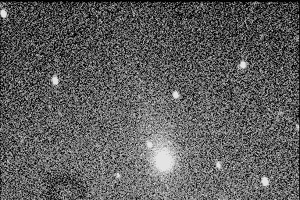
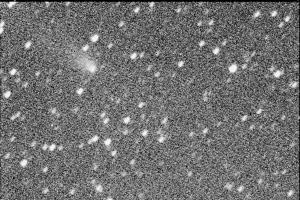
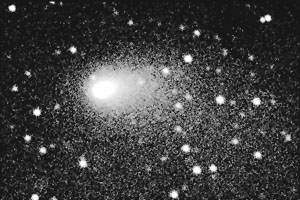
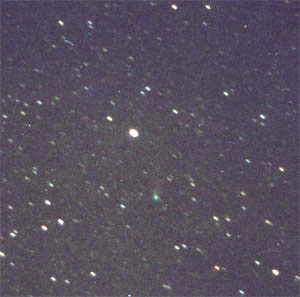
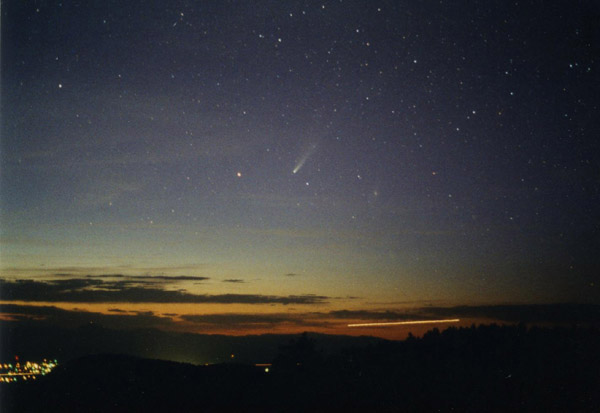
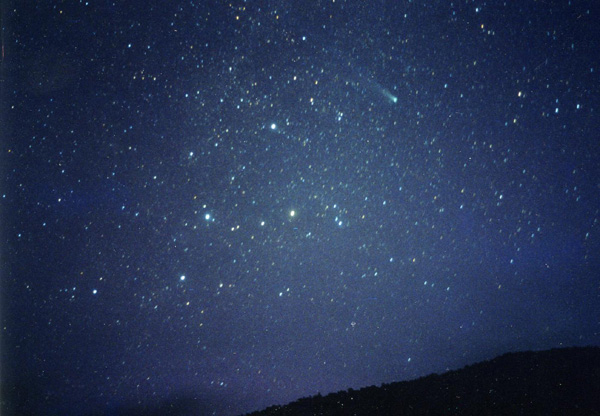

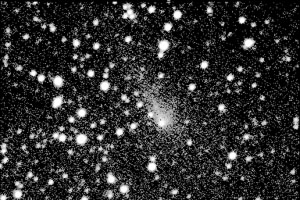
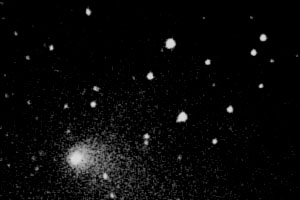
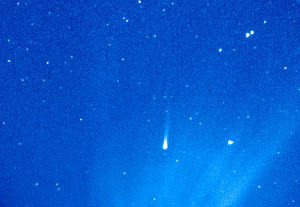

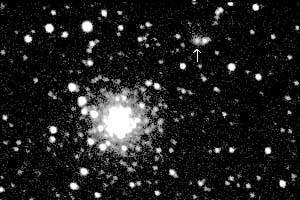
|
COMET IMAGE GALLERY (comets 1-400)
page 4 |
||||||||||||||||||||||||||||||||
 |
||||||||||||||||||||||||||||||||
 |
||||||||||||||||||||||||||||||||
| Left: Comet 45P/Honda-Mrkos-Pajdusakova (no. 291) on April 17, 2001. This was the 4th return I have seen of this comet (orbital period 5.3 years), and I should see it again during the next 100 comets, when it passes close to Earth in August 2011. Right: Comet Petriew P/2001 Q2 (no. 294) on August 23, 2001. The Institute was the first institution in the world to obtain precise positional measurements of this newly-discovered periodic comet, on the day after its discovery; the above CCD image was taken four days later. On its subsequent return in early 2007 it gained the personal distinction of being my 400th comet. | ||||||||||||||||||||||||||||||||
 |
 |
|||||||||||||||||||||||||||||||
| Comet LINEAR C/2000 WM1 (no. 295), which became dimly visible to the unaided eye in late 2001 (and somewhat brighter in early 2002 as seen from the southern hemisphere). Above left: CCD image taken September 18, 2001. Above right: CCD image taken March 15, 2002, after the comet had come back north. Right: photograph taken December 7, 2001. |  |
|||||||||||||||||||||||||||||||
 |
 |
|||||||||||||||||||||||||||||||
| Comet Ikeya-Zhang P/2002 C1 (no. 301). This comet reached 3rd magnitude in March and April 2002, becoming one of the best comets to appear (so far) since the turn of the Millennium. It was found to be identical to a comet observed by (among others) Johannes Hevelius in 1661, and thus has the distinction of being the longest-period comet that has definitely been observed on two returns. (It has been assigned the periodic comet designation 153P.) From a personal standpoint this is a rather poignant comet, since it passed perihelion three days before my father passed away. Left: in the evening sky, on April 1, 2002, from a location south of Cloudcroft, New Mexico overlooking the Tularosa Basin some 1500 meters (5000 feet) lower in elevation. (The streak at lower right is an aircraft.) Right: in the morning sky, on April 13, 2002, from the Earthrise dark-sky site. | ||||||||||||||||||||||||||||||||
 |
||||||||||||||||||||||||||||||||
 |
||||||||||||||||||||||||||||||||
| Comet LONEOS C/2001 OG108 (no. 302). An example of an "asteroid" that turned into a comet. Left: CCD image taken October 9, 2001 (four months before I observed it visually), when it still appeared entirely asteroidal. Right: CCD image taken March 13, 2002, clearly exhibiting cometary characteristics. | ||||||||||||||||||||||||||||||||
 |
||||||||||||||||||||||||||||||||
| Comet Snyder-Murakami C/2002 E2 (no. 305) on March 13, 2002, two days after its discovery by Doug Snyder in Arizona and (independently) by Shigeki Murakami in Japan. Doug Snyder is one of our mentors for "Countdown to 500 Comets." | ||||||||||||||||||||||||||||||||
 |
||||||||||||||||||||||||||||||||
 |
||||||||||||||||||||||||||||||||
| Comet Kudo-Fujikawa C/2002 X5 (no. 324). Left: CCD image obtained December 15, 2002, two days after the comet's discovery. This image was one of those used for the first accurate orbital calculations. I was assisted by my then-10-year-old son Tyler, who is credited for his role in the Minor Planet Electronic Circular that published this orbit (see observatory code 921). Right: LASCO C3 coronagraph image taken January 26, 2003, when the comet was near perihelion. Observations taken with instruments aboard SOHO during this time have helped in furthering our understanding of how planetary systems form and evolve. Image courtesy NASA/ESA. | ||||||||||||||||||||||||||||||||
 |
||||||||||||||||||||||||||||||||
| Comet 65P/Gunn (no. 331). CCD image taken on the night of July 1-2, 2003, when it was near the globular cluster M70 in Sagittarius -- the same cluster near which I discovered Comet Hale-Bopp in 1995. This is the fourth return I have seen of this comet, and it should appear again in my next 100 comets. | ||||||||||||||||||||||||||||||||
| Previous 1 2 3 4 5 Next | ||||||||||||||||||||||||||||||||
| Return to main comets page | ||||||||||||||||||||||||||||||||